- Exchange and Networking
- Knowledge and Learning
- Advocacy
- Our topics
By Shanen Ganapathee, and Venkatraman Chandra-Mouli
Imagine a lockdown period where despite not wanting to be pregnant, a lack of access to any contraceptive method, robs you of your right to decide when and if to conceive; where you are locked in with your partner who was once loving but has now become increasingly violent; where you have no choice but to live with your homophobic family without any means to express yourself and having to hide who you are for fear of being thrown out. These issues, amongst others, are not new. Young people across the world have been struggling for far too long to access their sexual and reproductive health and rights and the COVID-19 pandemic, unfortunately, did nothing to ease these struggles.
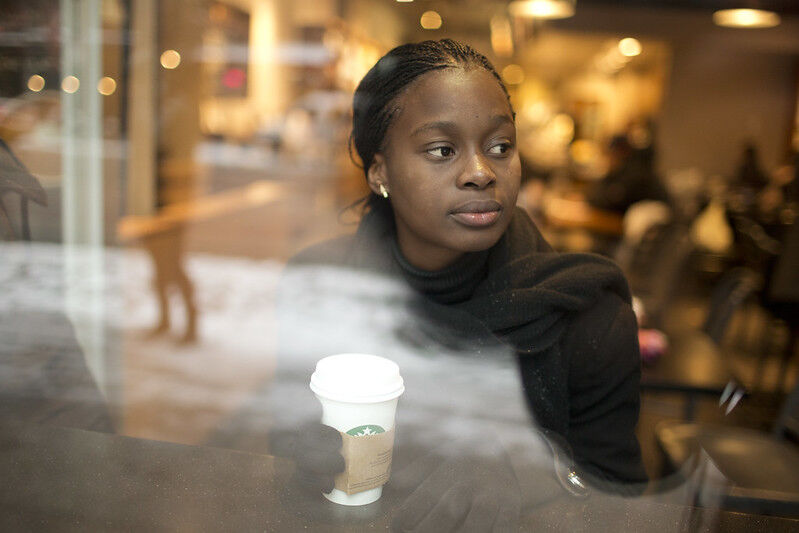
For young people who live in poverty, the compounding effect of the pandemic on their lives has been particularly worrisome. What is the most unfair is that while these struggles for basic human rights were playing out for the world’s poor, the statistics show that the pandemic meant good things for billionaires who, unsurprisingly, got richer (Collins, 2021).
While it is wickedly easy to complain and wring our hands in exasperation at the loss of progress in achieving young people’s SRHR and the unbelievable inequity of our world, many frontline organizations chose to act to reverse that loss, however challenging. Innovative ideas and new partnerships that may never have seen the light of day– if not for the sheer curve balls that the pandemic threw– can give us hope that we will be able to continue our progress on the long road of access to SRHR for young people.
There are many examples from all over the world[1] of organizations that pivoted– from the Kenya-based policy advocacy youth-led organization Y-ACT that paused its usual programming to distribute sanitary pads to young people in need, to TARSHI in India who sprang into action to offer resources about self-care and burn-out prevention to SRHR advocates far and wide through digital means– to better meet the needs of young people.
Innovative ideas and new partnerships that may never have seen the light of day– if not for the sheer curve balls that the pandemic threw– can give us hope that we will be able to continue our progress on the long road of access to SRHR for young people.
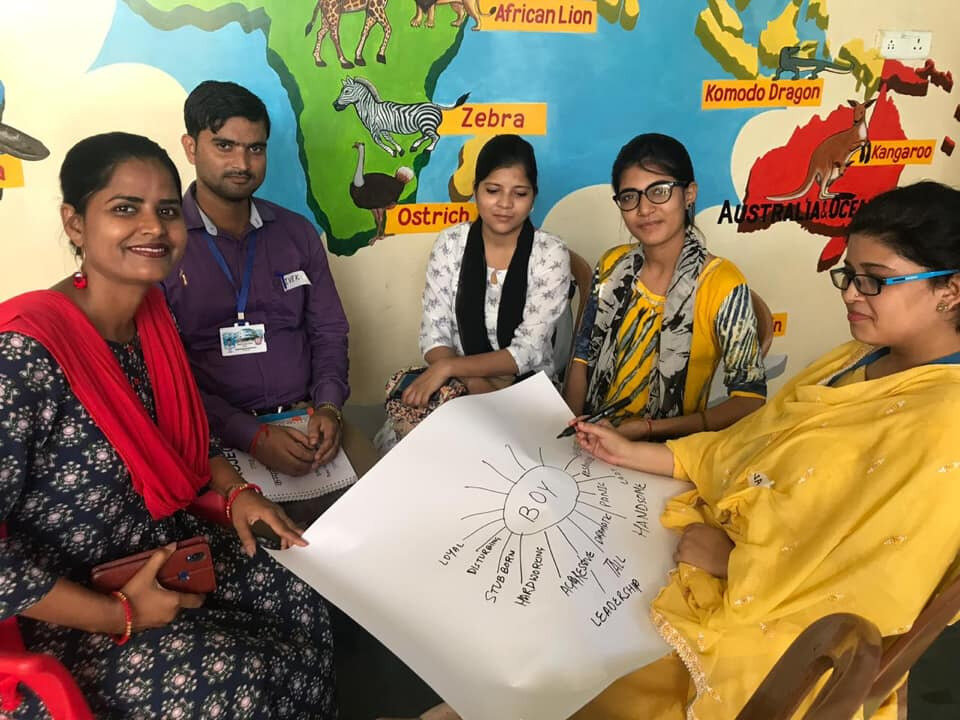
In Uganda, the United Nations Population Fund (UNFPA) partnered with Jumia, an e-commerce platform, and SafeBoda,
a ride-hailing app for boda bodas (motorcycle taxis), to offer a
variety of contraceptive products to users. From home, users could open
their Jumia or SafeBoda app and request for delivery of condoms or
pregnancy kits amongst others. Delivery fees were waived during the
pandemic to make services more accessible. In this example, access to a
smartphone and the internet was crucial; however, this can present a
considerable obstacle for many young people living in poverty.
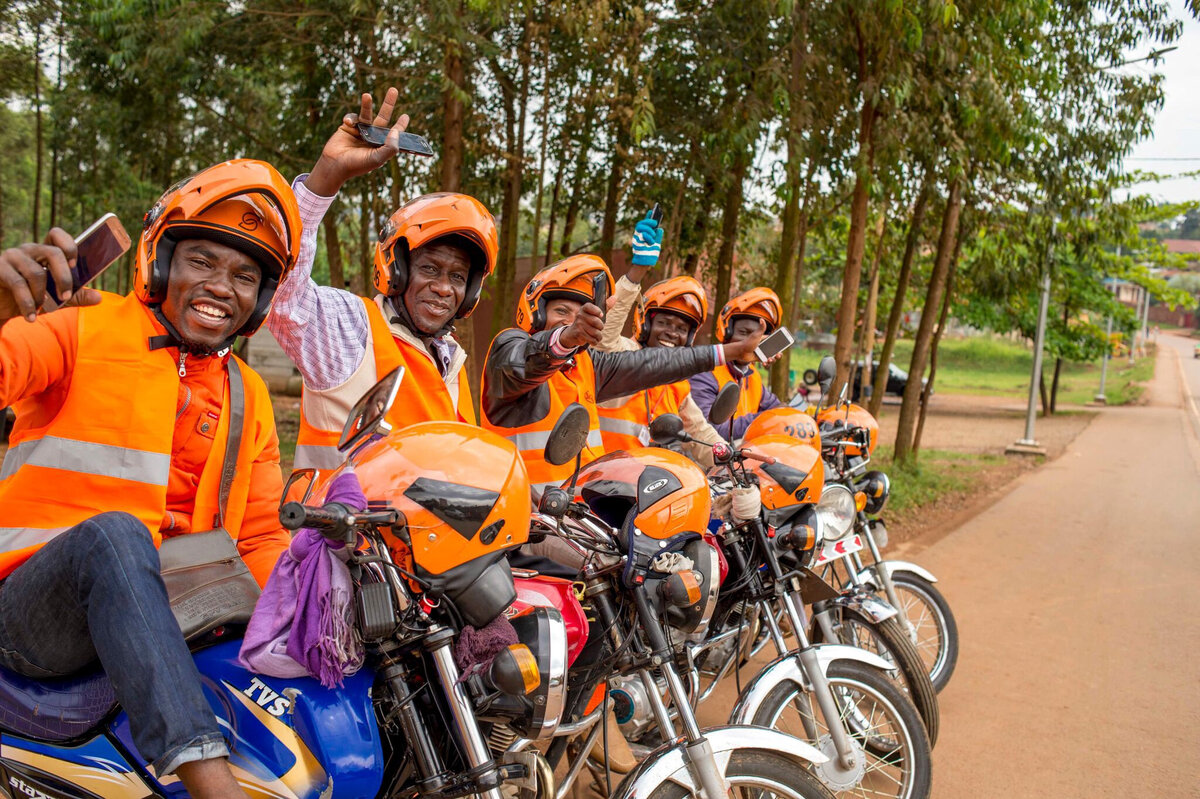
Crossing continents to Asia, a more low-tech solution was employed– a hotline. The Family Planning Association of the Philippines trained young people on how to take calls, triage cases, and route clients to a doctor, midwife, or community health worker. The hotline was so popular that more specialized ones were designed as the pandemic progressed with one exclusively focused on post-abortion care.
The Kaiser Foundation
in the USA has worked hard to provide a supportive space to
LGBTQIA-identifying young people through virtual Pride celebrations on
platforms like Discord and Minecraft, Zoom support groups, and crisis
phone and text lines for young people suffering from suicidality, abuse,
or neglect.
The hotline was so popular that more specialized ones were designed as the pandemic progressed with one exclusively focused on post-abortion care.
In India, the Foundation for Reproductive Health Services anticipated the fall in access to abortion services and stepped up to extend their reach even in the midst of the pandemic, going as far as to halve the cost of abortion services, fully aware of the economic distress faced by patients.
There are many more examples like this, and we have worked with organizations to curate case studies (36 in total) – which will be published soon– to showcase the sheer breadth of initiatives taken around the world and their impact on young people’s SRHR.
The case studies that we have gathered demonstrate how responsive,
nimble and resourceful the organizations working with adolescents and
young people are and are illustrative of the actions called for in the
technical brief WHO and UNFPA published: Not on pause: Responding to the sexual reproductive health services of adolescents in the context of the COVID-19 crisis (UNFPA, 2020).
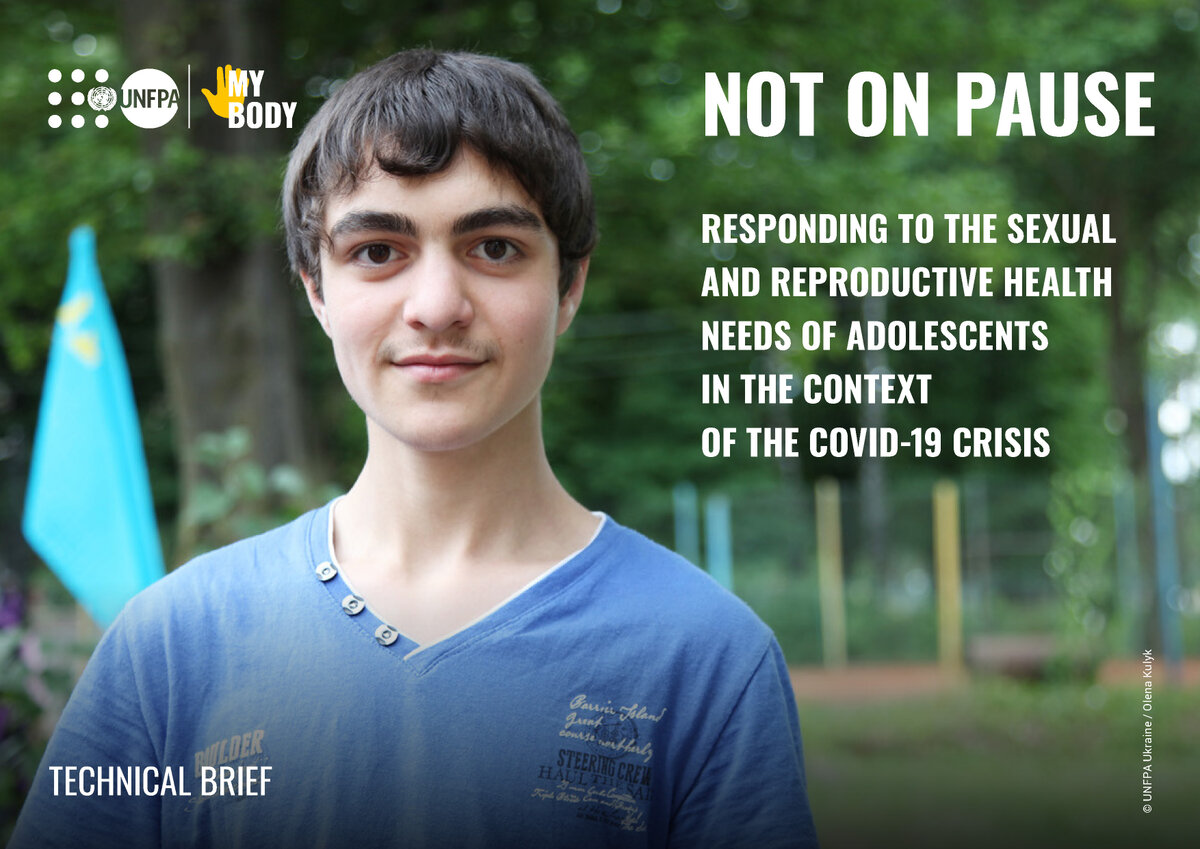
The brief advocates for continuity in access to SRHR that young people want and need. It contains practical guidance for the delivery of the essential package of sexual and reproductive health and rights interventions listed in the Guttmacher-Lancet Commission on Sexual and Reproductive Health and Rights, tailored to the needs and preferences of adolescents (Starrs et al., 2018). While the initiatives outlined in the case studies are promising, moving forward, they must be validated through testing in partnership with young people.
The pandemic has forced our various organizations to change the way we run our programs, work together and continue to support young people’s needs. There are, however, three key messages we would like you to take away from reading this piece:
For the last 18 months, all our lives have been on ‘on pause’ in some way, because of COVID-19. (In many of the world’s poor countries, because of lack of access to COVID-19 vaccination, this situation is likely to continue for many more months, if not years). Despite that, young people everywhere are continuing to grow and develop physically, psychologically, and socially. Just as for adults, their sexual thoughts, feelings, wants, and needs do not disappear because of lockdowns and disruptions.
Young people are a diverse group– in different stages of personal development and in different life situations. Some of them are not (yet) sexually active. Others have sex consensually. Still, others are coerced into having sex. Both consensual and coerced sex can and do occur within stable relationships. All these groups of young people have differing and changing needs for SRHR information and services, which have for far too long been denied to them.
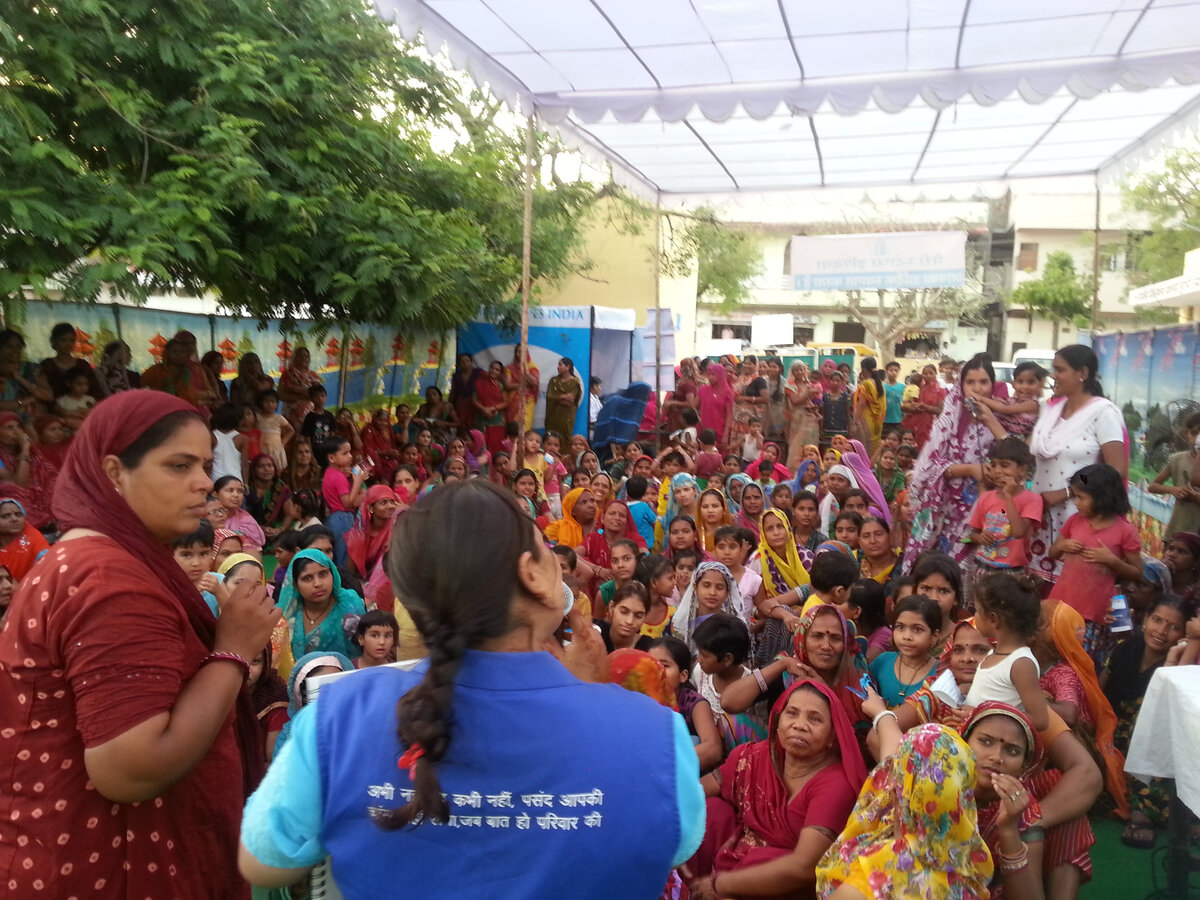
All these groups of young people have differing and changing needs for SRHR information and services, which have for far too long been denied to them.
Young people in most places have faced barriers to obtaining and access their SRHR. COVID-19 has worsened an already bad situation. For many years, nonprofits have used innovative ways of overcoming these barriers. In recent years, a growing number of governments are taking the lead (Schäferhoff et al., 2019). The crisis provides a powerful lever to challenge and change restrictive laws and policies, parental and/or partner control, health worker bias, and other barriers. The COVID-19 pandemic clearly is a huge threat. But it also could be a never-before opportunity to build back better.
The COVID-19 pandemic clearly is a huge threat. But it also could be a never-before opportunity to build back better.
From 40 years of experience in HIV prevention, we know that simply telling young people what to do, just does not work. We must protect young people, especially adolescents and children, and those who are made the most vulnerable. But as young people grow and develop, we must progressively empower, prepare and support them in making their decisions. We absolutely need to move from ignoring young people, controlling and blaming them to working with them as equal partners both in the clinical and in the public health contexts.
[1] There is wide scope of global, regional and national responses towards mitigating COVID-19 impact on adolescent sexual and reproductive health and rights. These are examples of the documented responses.
We would like to cordially thank Ahmed Ali, Alka Barua and Yemurai Nyoni for their contributions to this article.